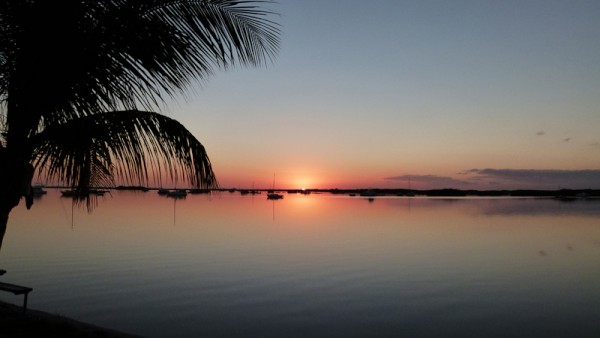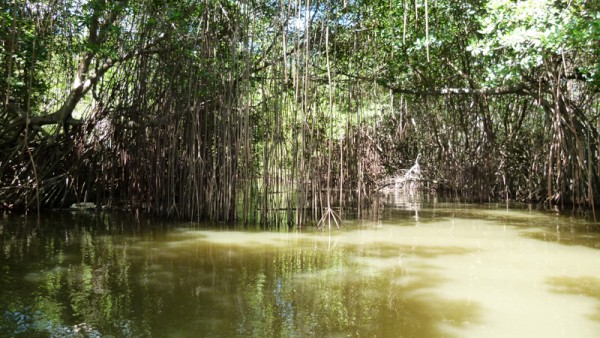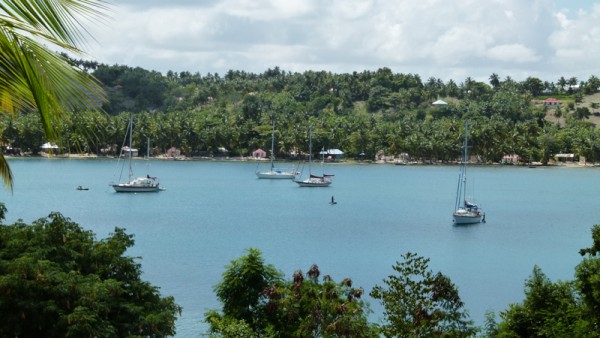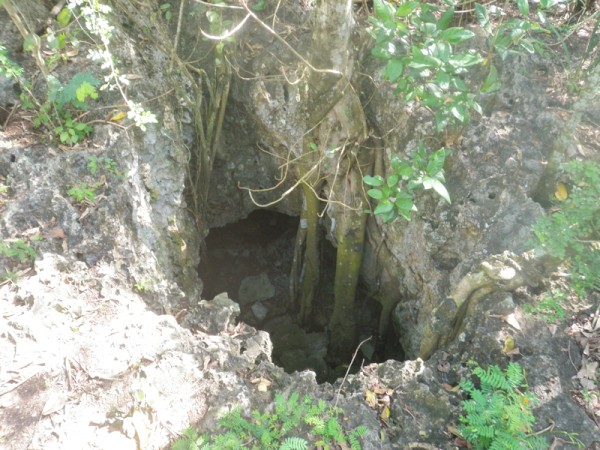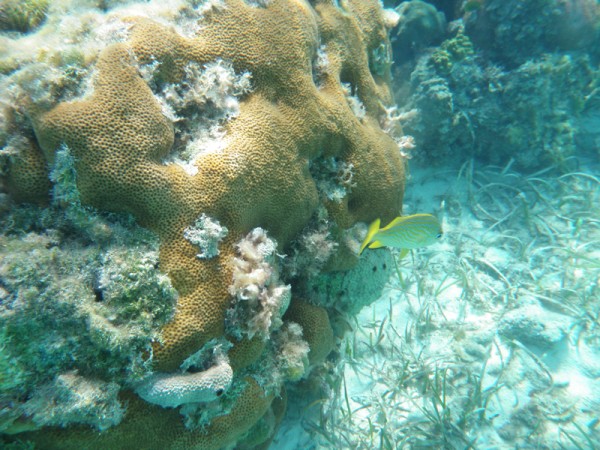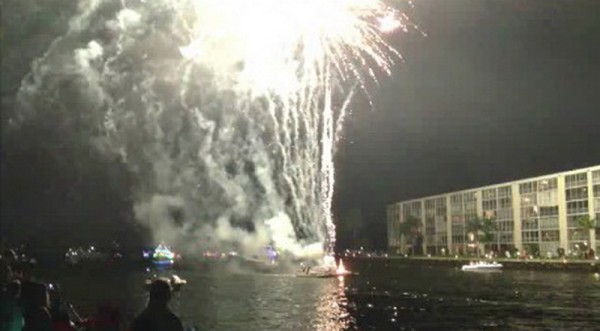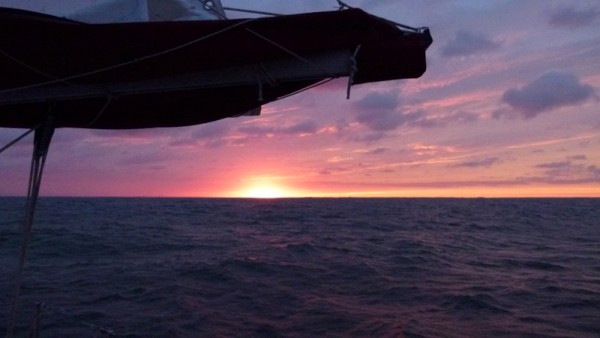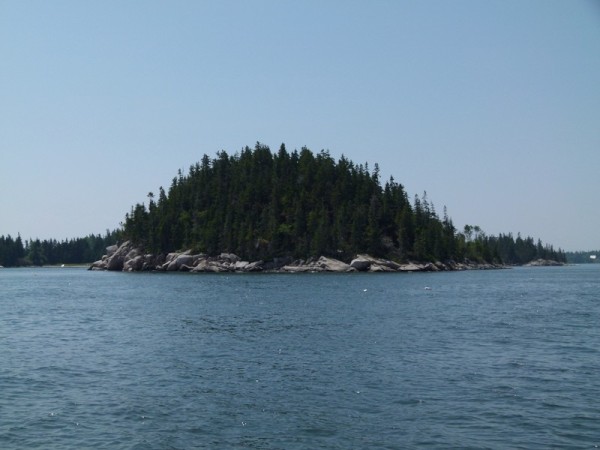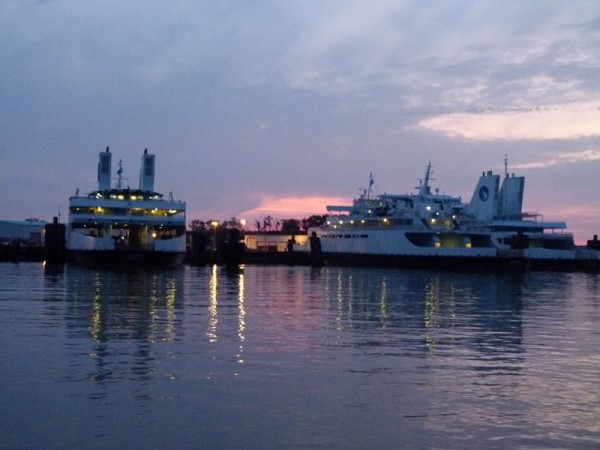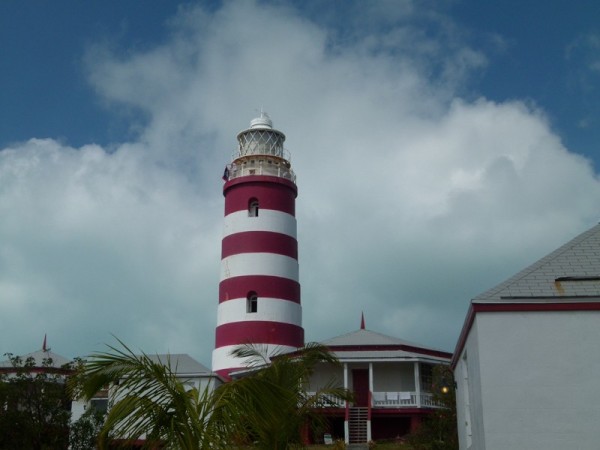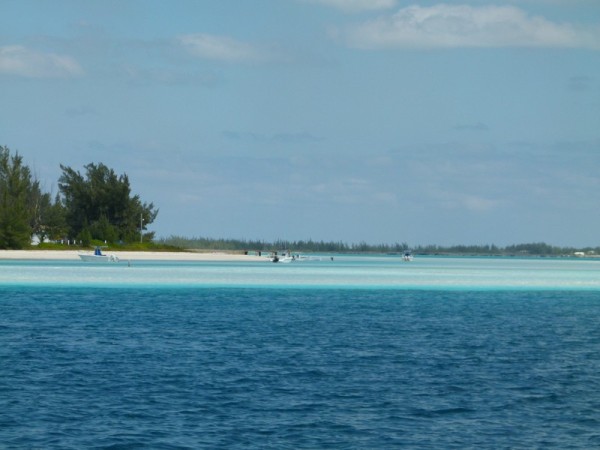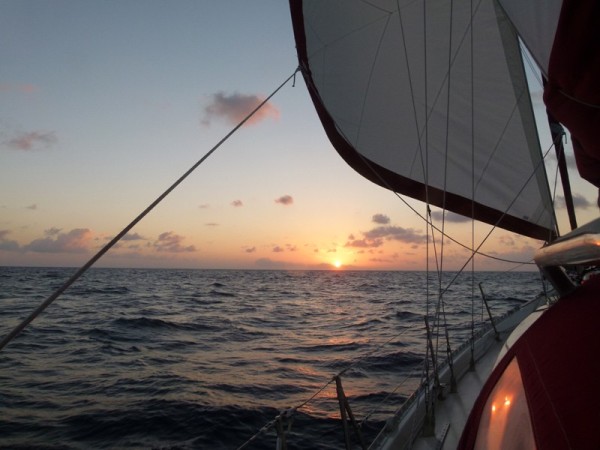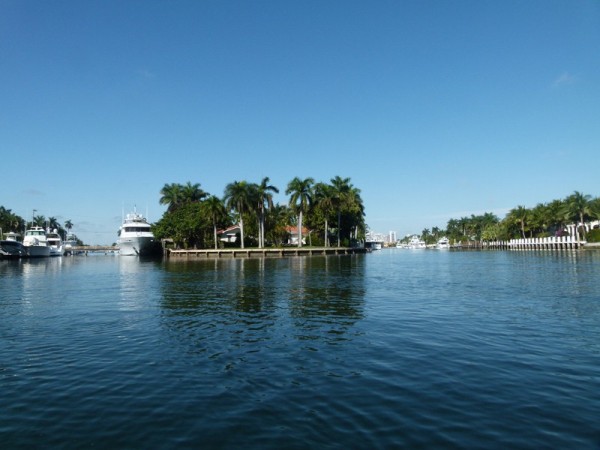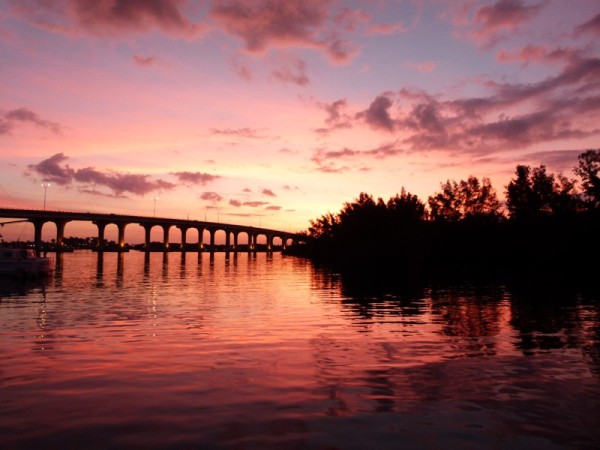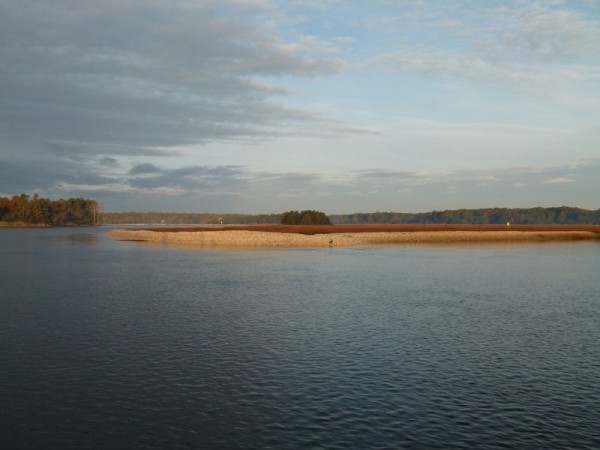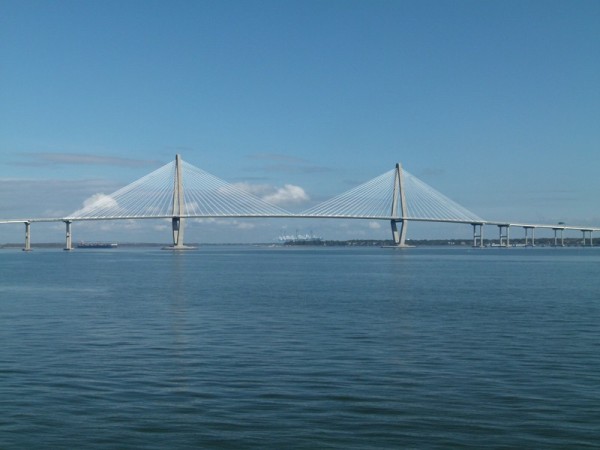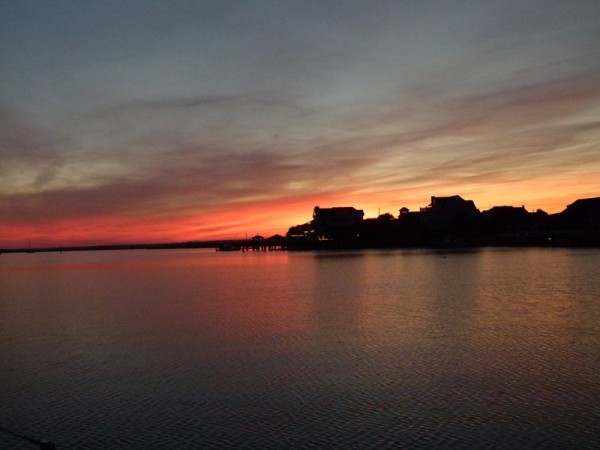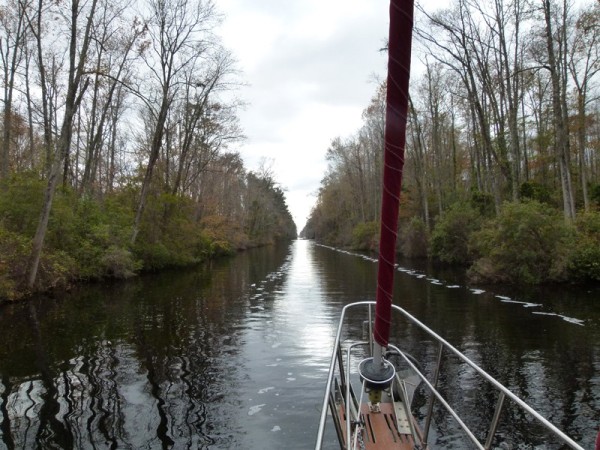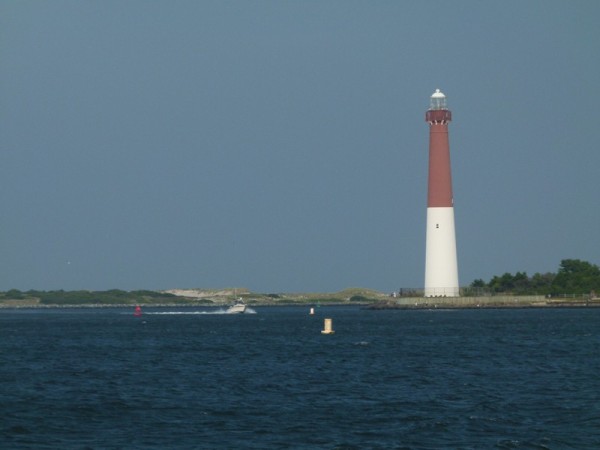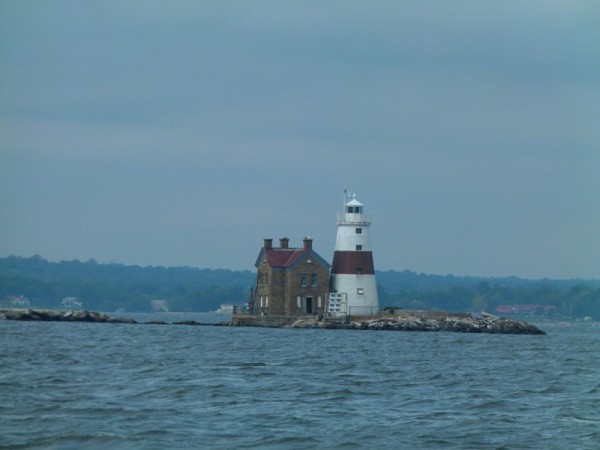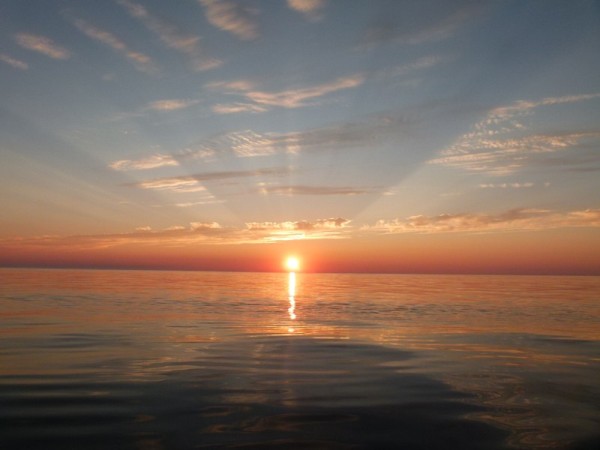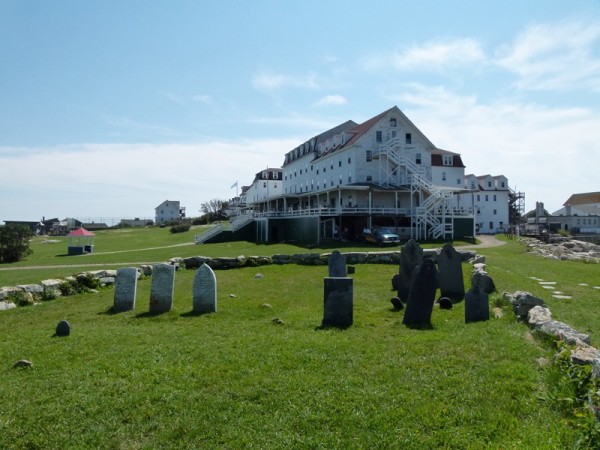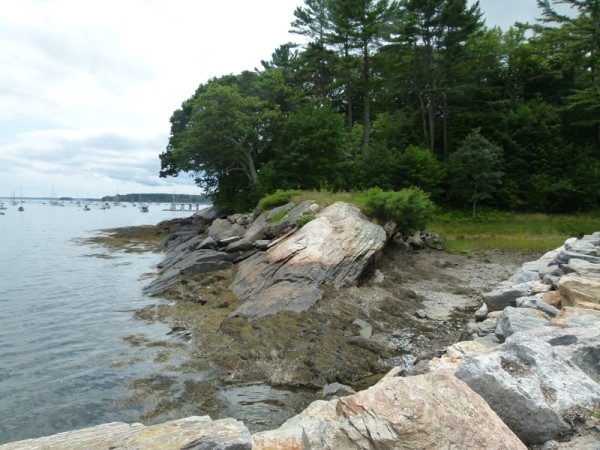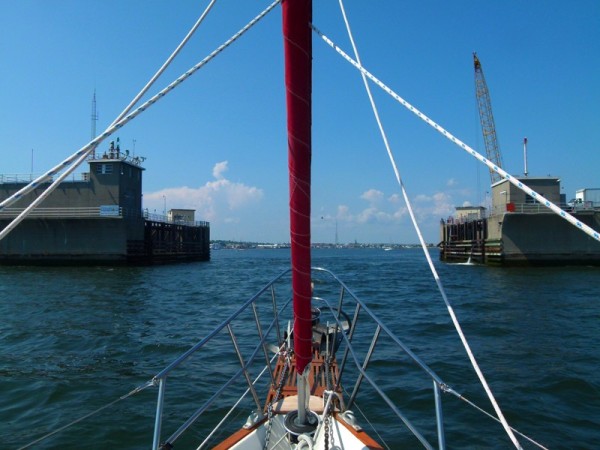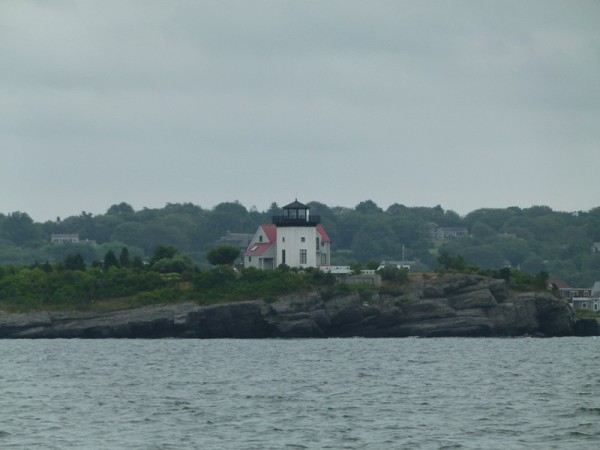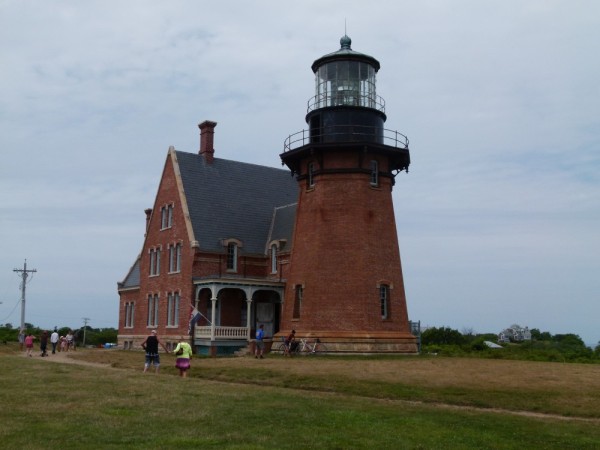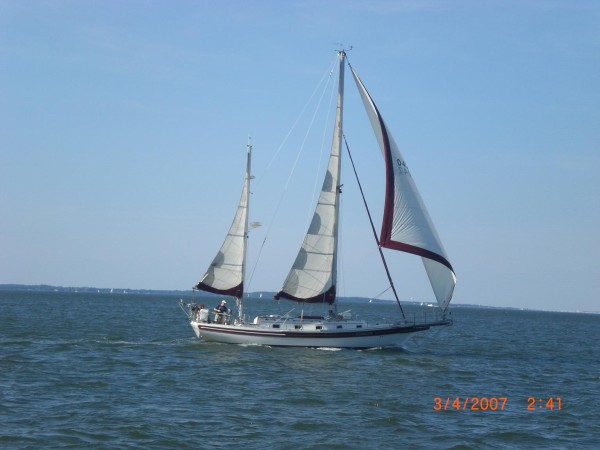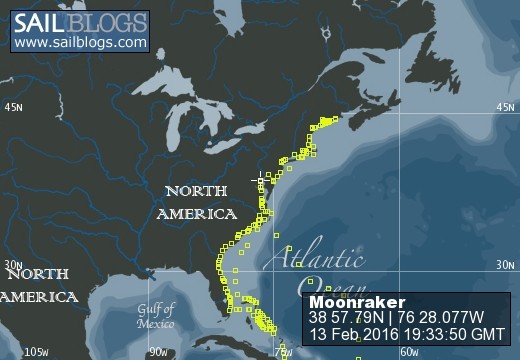
Moonraker
This blog chronicles the adventures of the sailing vessel Moonraker. We just finished the second year of our cruising life. We explored the US East Coast from Maine to Florida, the Bahamas, Haiti, PR, and the Virgin Islands.
19 May 2016 | Port Annapolis Marina, Annapolis, MD
06 April 2016 | Port Annapolis Marina, Annapolis, MD
13 February 2016 | Port Annapolis Marina, Annapolis, MD
21 January 2016 | Port Annapolis Marina, Annapolis, MD
09 December 2015 | Port Annapolis Marina, Annapolis, MD
05 November 2015 | Annapolis, Maryland
22 October 2015 | Annapolis, Maryland
01 October 2015 | Annapolis, Maryland
14 August 2015 | Annapolis, Maryland
15 July 2015 | Annapolis, Maryland
08 June 2015 | Hillsmere Shores Marina, Annapolis, Maryland
26 May 2015 | Annapolis, Maryland
14 May 2015 | Annapolis, Maryland
09 March 2015 | Annapolis, Maryland
17 February 2015 | Annapolis, Maryland
08 January 2015 | Annapolis, Maryland
08 December 2014 | Annapolis, Maryland
31 October 2014 | Annapolis, Maryland
20 October 2014 | Annapolis, Maryland
04 October 2014 | Port Annapolis Marina, Annapolis, Maryland
For The Hands On Sailors.. Blown Fuse Story
24 January 2013 | Lake Sylvia, Ft. Lauderdale FL
Bill
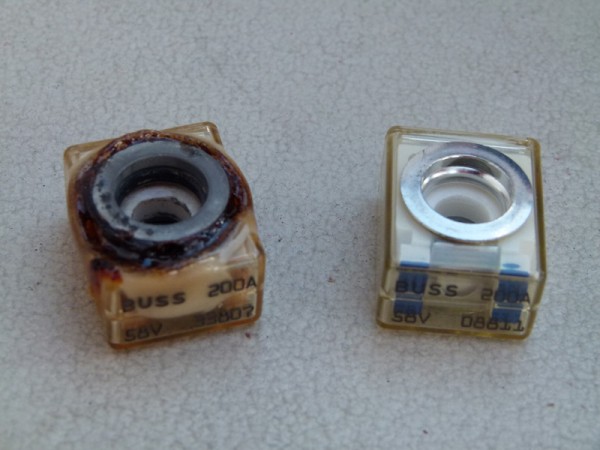
If you are just reading this blog to vicariously enjoy our trip then you can probably skip this entry. A few of you have asked for details about the blown fuse that caused our alternator to stop charging.
As a warm-up quiz, take a look at the above picture and see if you can tell which is the new fuse and which is the blown one. In hindsight, this was really scary. Those are 200 amp fuses. When it blew it was hot enough to melt the insulation off of a #8 wire also attached to the terminal. The main wire was a 2/0 battery cable that ran from the alternator output to the battery positive. The ABYC standards say that you need to have a fuse on battery cables very close to the battery, I think it’s seven inches or so. Almost no one does that because it’s so hard to mount a fuse or circuit breaker that close to the batteries on most boats. Besides, what could cause a battery cable to short out as long as it’s properly secured. That’s what I thought too but, in keeping with my tendency to over engineer everything, I added terminal block fuses on the battery terminals for each of the large (2/0) battery cables. These are available at any marine store and actually attach directly to the battery with the above fuse right at the end of the cable. When our engine was lifted somehow the large battery cable from the alternator made contact with ground, probably touching the engine block. It is very close because of the design of the alternator. With a 660 Amp Hour battery bank the amount of power that will flow when the positive and negative terminals are connected with a 2/0 cable with no load is astounding. The fuse blew (actually melted) at somewhere just over 200 amps breaking that circuit. If the fuse had not been installed I am sure that there would have been a fire or the batteries would have exploded or both. I can’t imagine how we missed the event. It must have happened when one of the big power boats was coming by.
So, if your alternator stops charging, made sure you can see 12V at the alternator output with the engine not running. If you can’t then something must have broken the circuit (This test doesn’t work if you have diodes in the circuit). Hopefully, whatever caused your problem isn’t as dramatic as mine was. My recommendation is that you add the terminal block fuses. It’s an easy install and may save your boat or more.
As a warm-up quiz, take a look at the above picture and see if you can tell which is the new fuse and which is the blown one. In hindsight, this was really scary. Those are 200 amp fuses. When it blew it was hot enough to melt the insulation off of a #8 wire also attached to the terminal. The main wire was a 2/0 battery cable that ran from the alternator output to the battery positive. The ABYC standards say that you need to have a fuse on battery cables very close to the battery, I think it’s seven inches or so. Almost no one does that because it’s so hard to mount a fuse or circuit breaker that close to the batteries on most boats. Besides, what could cause a battery cable to short out as long as it’s properly secured. That’s what I thought too but, in keeping with my tendency to over engineer everything, I added terminal block fuses on the battery terminals for each of the large (2/0) battery cables. These are available at any marine store and actually attach directly to the battery with the above fuse right at the end of the cable. When our engine was lifted somehow the large battery cable from the alternator made contact with ground, probably touching the engine block. It is very close because of the design of the alternator. With a 660 Amp Hour battery bank the amount of power that will flow when the positive and negative terminals are connected with a 2/0 cable with no load is astounding. The fuse blew (actually melted) at somewhere just over 200 amps breaking that circuit. If the fuse had not been installed I am sure that there would have been a fire or the batteries would have exploded or both. I can’t imagine how we missed the event. It must have happened when one of the big power boats was coming by.
So, if your alternator stops charging, made sure you can see 12V at the alternator output with the engine not running. If you can’t then something must have broken the circuit (This test doesn’t work if you have diodes in the circuit). Hopefully, whatever caused your problem isn’t as dramatic as mine was. My recommendation is that you add the terminal block fuses. It’s an easy install and may save your boat or more.
Comments
| Vessel Name: | Moonraker |
| Vessel Make/Model: | Bayfield 40 |
| Hailing Port: | Annapolis, MD |
| Crew: | Bill & Donna Shuman |
| About: | |
| Extra: |
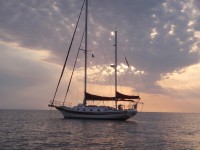
Who: Bill & Donna Shuman
Port: Annapolis, MD
Where in the World is Moonraker
Posts
Our Boat
Moonraker is a 1986 Bayfield 40 designed by the famous Ted Gozzard and built in Ontario, Canada. The rig is a cutter/ketch. Here are some of her specs:LOA: 45 ft. 6 in.
LWL: 30 ft. 6 in.
Beam: 12 ft.
Draft: 4 ft. 11 in.
Displacement: 21,000 lbs.
Ballast: 8,200 lbs.
Sail Area: 1,009 sq. ft.
Site Statistics:
